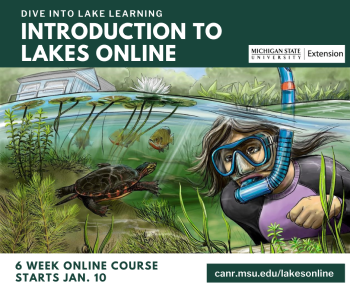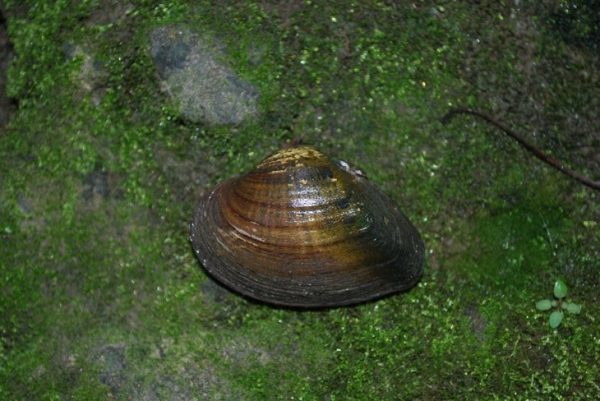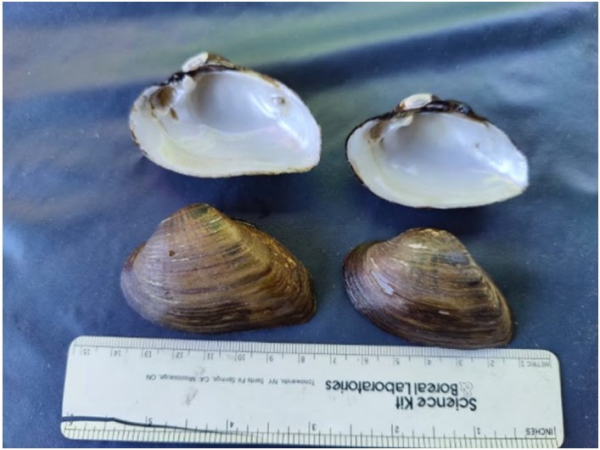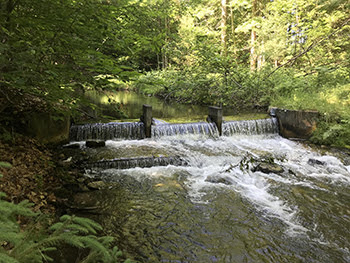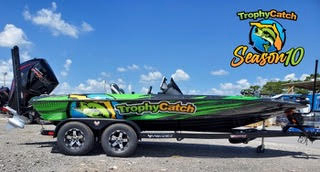Michigan is one of six applicants to get maximum funding; the grant will support critical conservation and connectivity work on rivers and streams in 14 counties
The National Fish and Wildlife Foundation recently announced the recipients of the inaugural America the Beautiful Challenge, a $1 billion grant program launched in May to fund diverse, landscape-level conservation projects. Michigan has been awarded $5 million, to be administered by the state’s Department of Natural Resources.
“Michigan’s natural resources are some of the best in the nation, and we will work with anyone to preserve them for future generations,” said Gov. Gretchen Whitmer. “These federal grants for our inland waterways will help us protect several at-risk species, reduce risks to public safety and improve climate resiliency. Let’s keep working together to ensure that all our waters, from the Great Lakes that define us to our thousands of inland waterways, are safe for decades to come.”
Michigan’s award will fund removal of 27 stream barriers to restore the passage of fish and other aquatic organisms. Additionally, this work will benefit several at-risk species, such as the eastern massasauga rattlesnake, pickerel frog, and freshwater mussel species including the fluted shell and elktoe.
The DNR will partner with local organizations and federally recognized tribes to reconnect nearly 200 upstream miles of rivers and streams, working toward improved climate resiliency and river connectivity and easier passage of aquatic organisms between and within waterways. Such restoration projects also help eliminate risks to public safety, especially for those sites that have road traffic moving over the waterways.
Partners include the Conservation Resource Alliance, Huron Pines, the Little Traverse Bay Bands of Odawa Indians, Michigan Trout Unlimited, the Muskegon River Watershed Assembly, the Superior Watershed Partnership and Land Conservancy and the U.S. Forest Service.
The streams that will benefit from the America the Beautiful Challenge grant are located in 14 counties across Michigan:
- Twin Lakes Creek (Cheboygan County)
- Au Sable River (Crawford County)
- Carr Creek (Delta County)
- Dana Lake (Delta County)
- Little Bay de Noc (Delta County)
- Wycamp Creek (Emmet County)
- Two Mile Creek (Gogebic County)
- Boardman/Ottaway rivers (Grand Traverse County)
- North Branch Cole Creek (Lake County)
- Spring Creek (Luce County)
- McAlpine Creek (Mackinac County)
- Silver Lead Creek (Marquette County)
- Little Muskegon River (Mecosta County)
- Buckhorn Creek (Mecosta County)
- Stony Creek (Oceana County)
- East Branch Big Creek (Oscoda County)
- Au Sable River (Oscoda County)
- Hayden Creek (Van Buren County)
DNR Director Dan Eichinger said the America the Beautiful Challenge support will go a long way toward improving water and fish flow, critical to healthy rivers and streams.
“Put simply, fish and other organisms in the water need to move,” Eichinger said. “Throughout their many life stages, whether they’re seeking food, reproducing, hiding from predators or seeking shelter from extreme conditions, fish have to be able to easily move within their waters, as well as between bodies of water. Removing barriers to such movement means we can better protect fish populations.”
Earlier this year, the National Fish and Wildlife Foundation established the America the Beautiful Challenge with a vision to streamline and centralize a nationwide grant-funding opportunity that would leverage federal conservation and restoration investments with private and philanthropic contributions to accelerate land, water and wildlife conservation efforts across the country.
Michigan was one of six applicants awarded the maximum grant amount of $5 million.
More information about this National Fish and Wildlife Foundation program – including a full list of grants awarded to states, U.S. territories and tribal nations, and project descriptions – is available at nfwf.org/programs/america-beautiful-challenge.
To learn more about how Michigan manages fisheries for current and future generations, visit Michigan.gov/Fishing.
Contact: Patrick Ertel (DNR), 989-370-1163


